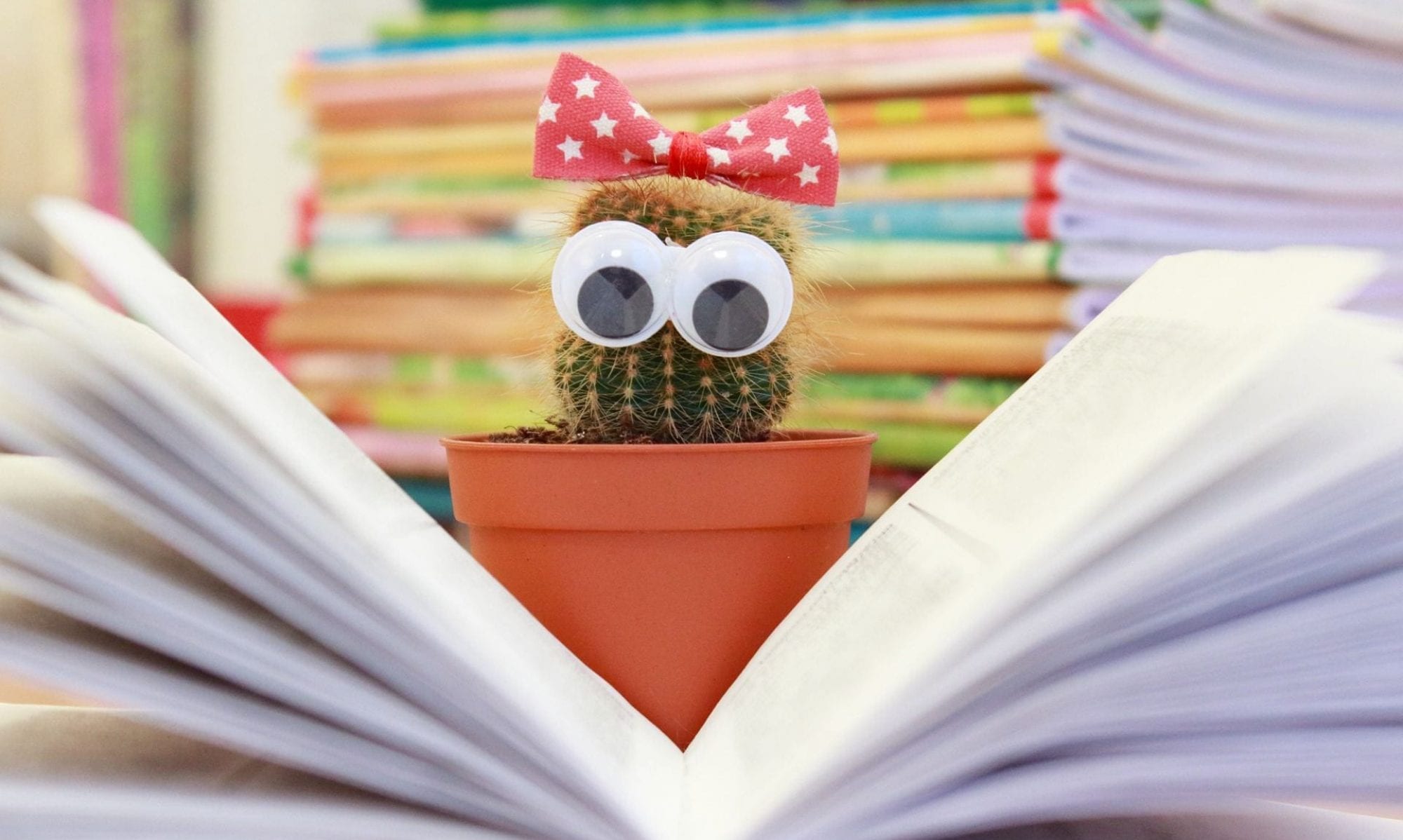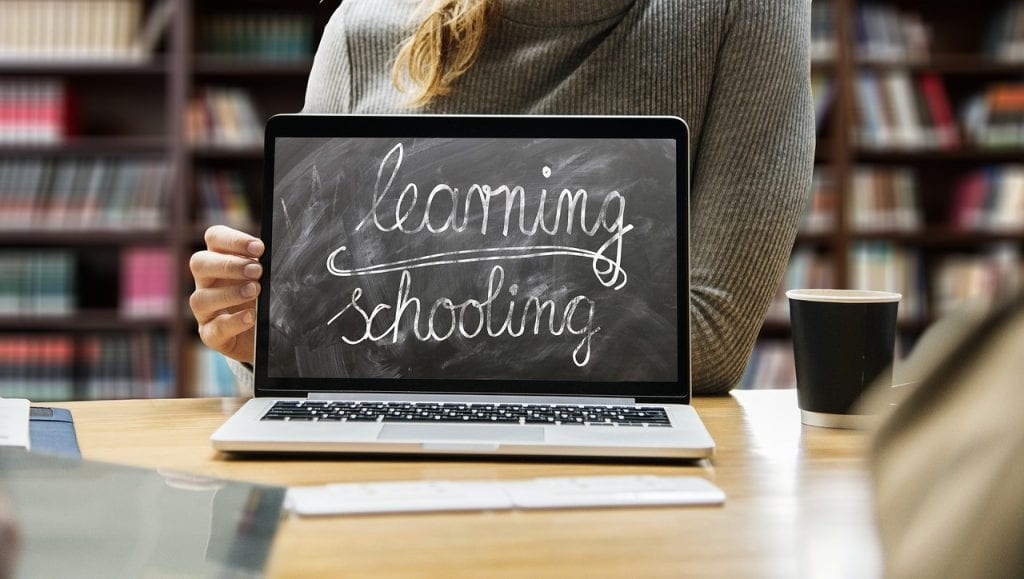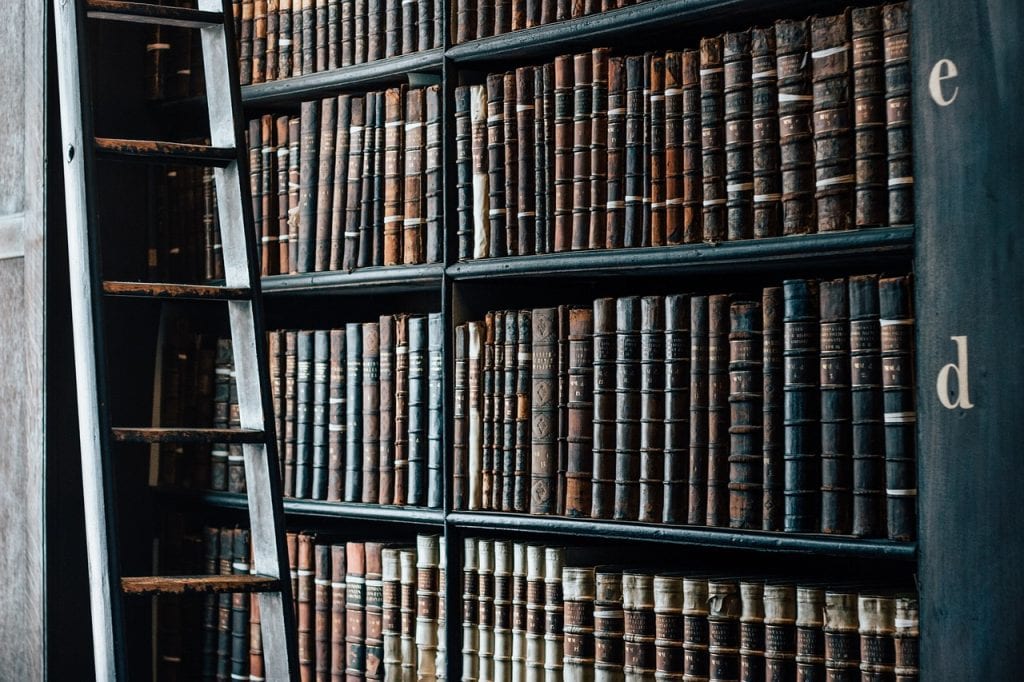For the third blog for this topic (INF530) I provided a reflection comment for Emily’s post on technology trends.
This was my response:
Hi Emily, thanks for your post. I would like to reflect on your discussion of digital literacy.
In my view, digital literacy encompasses information literacy. There is a focus on locating, evaluating, and using information from digital platforms. Digital literacy is particularly important in the information environment we live in; locating information which meets the user’s need and evaluating it for accuracy and relevance are integral 21st Century Skills.
There are links between digital literacy, information behaviour, 21st Century skills and lifelong learning. Bawden and Robinson’s (2012) discussion of cognitive models of information behaviour and information search processes highlights the differences in how people go about finding information. With my TL hat on I see information search models (guided inquiry, project-based learning) as a platform for integrating the teaching of digital literacy skills. The development of digital literacy skills in students is dependent on the opportunities to learn and practice. These are skills which need to become second nature to students.
Your discussion of teaching skills to interpret information has strong connections to the readings from module 3.1. It brought to mind Brabazon’s (2009) discussion about what digital natives thought they should be learning. One respondent mentioned several times we should be teaching them how to learn (p.177, 180). Conole (2012) agrees with this sentiment stating, ‘learners need to develop strategies for finding and validating appropriate resources’ (p.55).
In my opinion, the focus of the Australian Curriculum should be the General Capabilities. They are the Australian Curriculum, Assessment and Reporting Authority’s (n.d.) take on 21st Century learning skills and provide a checklist for students to show application and understanding of skills relevant to their futures. Digital and Information literacy fit into Critical and Creative Thinking and ICT Capability. As such, integration of the General Capabilities into teaching and learning covers elements of digital literacy and information literacy and assists in the development of lifelong learning skills.
Although students of today may have more screen time and access to more technologies than students used to, it is not right to assume they have the knowledge and skills to effectively and efficiently traverse the information landscape to achieve their goals. Conole (2012) states that ‘many learners, despite being competent technology users, lack the appropriate academic literacy skills to appropriate these free resources for their learning’ (p.52). Brabazon (2009) and Conole (2012) highlight that effective use of digital tools and resources relies upon development of skills in teachers and students (p.181 & p.51).
Schools with trained TLs have resources available to them to assist with skill development of both teacher and student. When classroom teachers work collaboratively with TLs, a range of opportunities for the teaching and application of digital and information literacy skills arise. Through inquiry learning students can develop these skills in context, and hopefully see the connections to future tasks.
References
Australian Curriculum, Assessment and Reporting Authority. (n.d.). General Capabilities. Retrieved from https://australiancurriculum.edu.au/f-10-curriculum/general-capabilities/
Bawden, D. & Robinson, L. (2012). Introduction to information science [London: Facet]. Retrieved from https://ebookcentral.proquest.com/lib/csuau/detail.action?docID=2076216
Brabazon, T., Dear, Z., Greene, G., & Purdy, A. (2009). Why the Google generation will not speak: The Invention of digital natives. Nebula, 6(1), p.163-180. Retrieved from http://www.nobleworld.biz/images/BDGP.pdf
Conole, G. (2012). Designing for learning in an open world (Vol. 4) [Springer]. Retrieved from https://ebookcentral.proquest.com/lib/csuau/reader.action?docID=1030803



